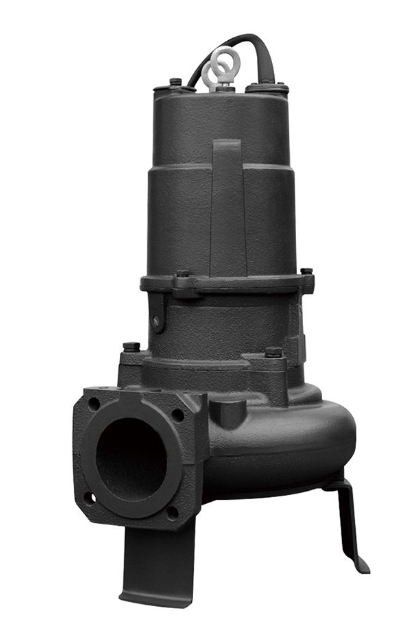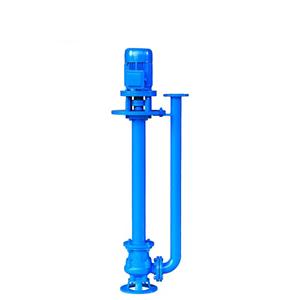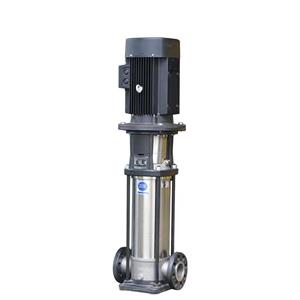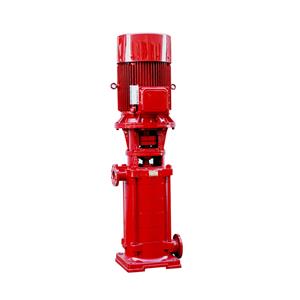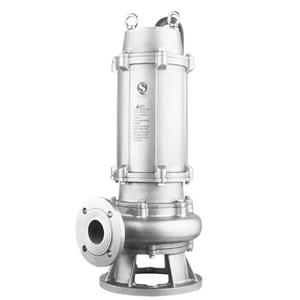Maintenance and Troubleshooting of Sludge Submersible Pumps
Maintenance and Troubleshooting of Sludge Submersible Pumps
Routine Maintenance for Longevity
Regular maintenance is essential to keep a sludge submersible pump operating efficiently and to extend its lifespan. Neglecting maintenance can lead to increased wear and tear, reduced performance, and costly repairs. This post will cover the key maintenance tasks and troubleshooting tips for sludge submersible pumps.
Routine Maintenance Tasks
Inspection: Regularly inspect the pump for signs of wear, corrosion, or damage. Pay particular attention to the impeller, seals, and casing.
Cleaning: Clean the pump and its components to remove any buildup of sludge or debris. This is especially important for the impeller and intake screen, which can become clogged.
Lubrication: Lubricate moving parts as recommended by the manufacturer. Proper lubrication reduces friction and wear, ensuring smooth operation.
Seal Check: Inspect the mechanical seals for signs of leakage or wear. Replace seals as necessary to prevent water ingress and motor damage.
Electrical Components: Check the electrical connections, cables, and controls for any signs of damage or wear. Ensure that the grounding is intact and that the circuit protection devices are functioning correctly.
Troubleshooting Common Issues
Pump Not Starting: If the pump fails to start, check the power supply, circuit breakers, and fuses. Ensure that the pump is properly grounded and that there are no loose or damaged connections.
Reduced Flow Rate: A decrease in flow rate can be caused by a clogged impeller, intake screen, or discharge pipe. Inspect and clean these components to restore normal operation.
Unusual Noises or Vibrations: Unusual noises or vibrations can indicate a misaligned impeller, worn bearings, or loose components. Inspect and tighten any loose parts, and replace worn bearings as necessary.
Overheating: Overheating can be caused by dry running, a clogged impeller, or excessive load. Ensure that the pump is fully submerged and that the impeller is clean and free from obstructions.
Leakage: Leakage around the pump casing or seals can indicate worn or damaged seals. Replace the seals and inspect the casing for any cracks or damage.
Preventive Maintenance Schedule
Establishing a preventive maintenance schedule can help prevent unexpected failures and extend the pump's lifespan. The schedule should include regular inspections, cleaning, lubrication, and seal checks. Additionally, keep a record of all maintenance activities to track the pump's condition and identify any recurring issues.
Conclusion
Regular maintenance and timely troubleshooting are essential for the efficient and reliable operation of sludge submersible pumps. By following these guidelines, you can minimize downtime, reduce repair costs, and ensure that your pump operates at peak performance.